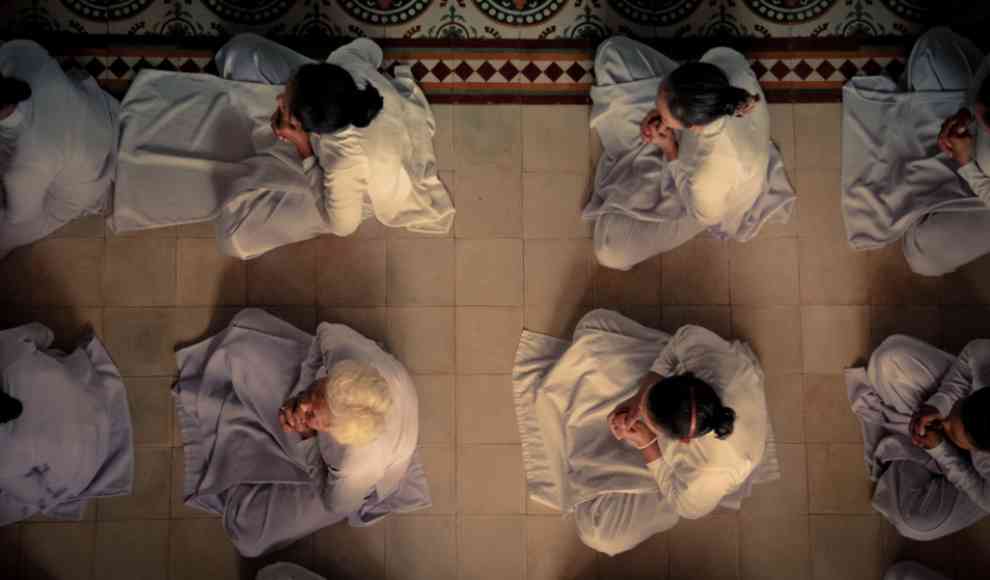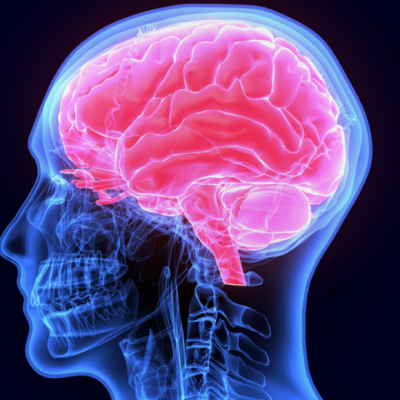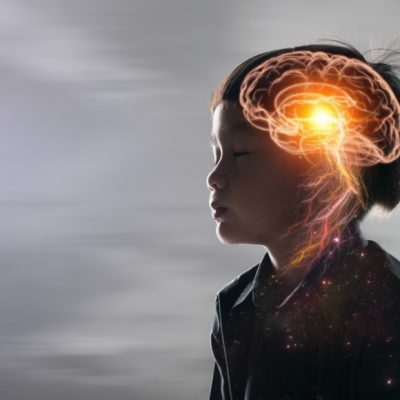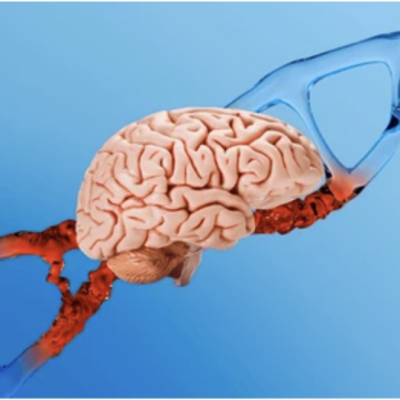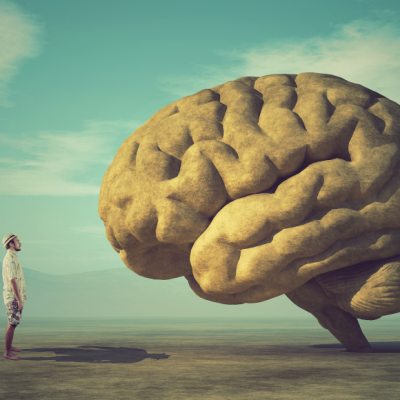Religious rituals have been found to release opioids in the brain, significantly increasing the sense of connection between participants. These rituals, which involve synchronous movements, singing, and music, play a crucial role in the cohesion of societies and strengthen the sense of community within a group. Studies have shown that during these rituals, opioids such as endorphins are released from the brain, which can trigger the observed effects. These neurotransmitters create euphoria, alleviate pain, and also influence social bonding between people.
A team led by Sarah Charles from Coventry University has investigated whether there is a direct correlation between the release of endogenous opioids and the sense of community during religious rituals. In the first phase of the study, the researchers examined nine European participants in a yoga class. To investigate the impact of endogenous opioids on the sense of community, half of the participants were given the drug Naltrexone, which blocks opioid receptors and suppresses the effects of neurotransmitters. The control group received a placebo. After the yoga class, a questionnaire was used to determine how strongly the participants felt connected to the other participants and how they rated their trust in them. As expected, the control group reported high levels of connection. However, the participants who had been treated with Naltrexone did not experience this effect. On average, they felt less connected to the other participants than before the yoga class.
To validate the results of the first phase of the study, the researchers conducted an experiment with 24 women and men from Brazil who participated in an Umbanda ritual. This religion, which combines spiritual elements, Roman Catholic prayers, and African dances, is part of the Afro-Brazilian cultural circle. Eleven participants received Naltrexone, and thirteen received a placebo. After the ritual, a questionnaire was used to measure the perceived sense of connection. According to Charles, “the participants who received Naltrexone after the ritual showed significantly lower levels of connection than the placebo group.” The study results were confirmed “with a larger sample and in a completely different religious and cultural context, suggesting that the endorphin effect is independent of cultural context.” The study authors conclude that “their results are the first to investigate the pharmacological basis for the role of religious rituals in social bonding. They provide a first insight into the neurochemical mechanisms underlying social bonding through rituals.”


